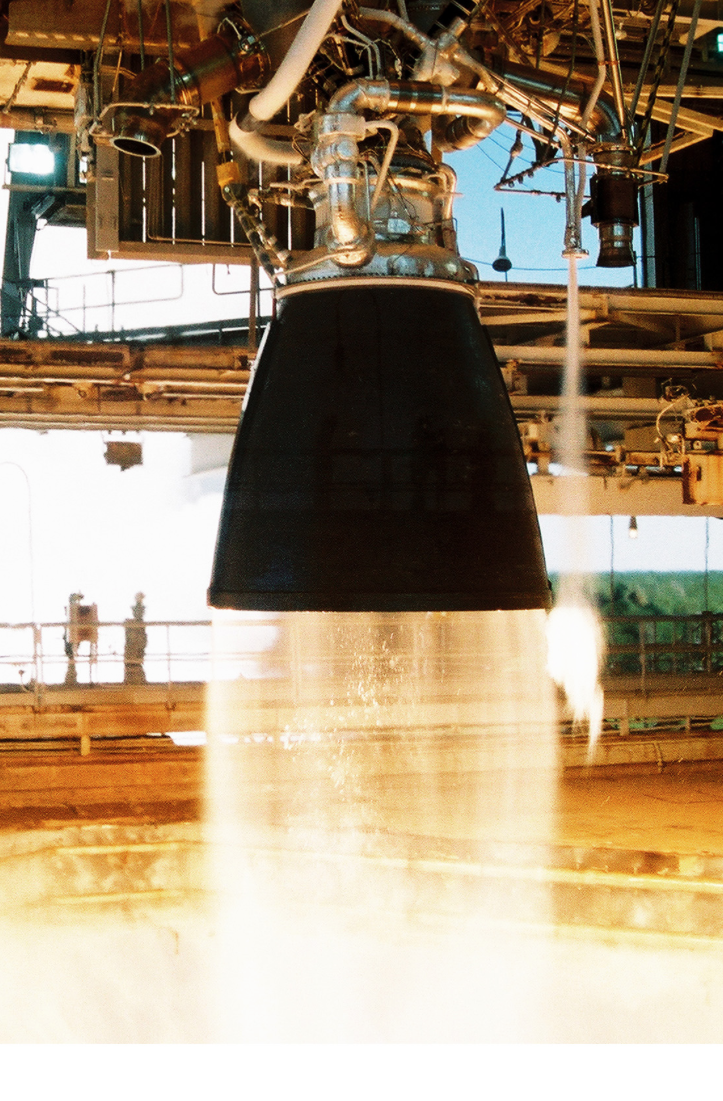
A launch takes a team, a dedicated team. Aerojet Rocketdyne has a mighty engine, RS-68A is the world’s most powerful liquid-hydrogen/liquid oxygen booster engine, providing 702,000 pounds of liftoff thrust sending a rocket skyward... successful in its mission. That's what happened today with the launch of the USAF's WGS-8 satellite.
Rocketdyne's Statement
SACRAMENTO, California, December 07, 2016 (GLOBE NEWSWIRE) — Aerojet Rocketdyne, Inc., a subsidiary of Aerojet Rocketdyne Holdings, Inc. (NYSE:AJRD), played a major role in successfully launching and placing the eighth Wideband Global SATCOM (WGS-8) spacecraft into orbit for the US military. The mission lifted off from Cape Canaveral Air Force Station in Florida aboard a United Launch Alliance (ULA) Delta IV medium rocket. Aerojet Rocketdyne propulsion included an RS-68A booster engine, an RL10B-2 upper-stage engine, 12 MR-106H 9-lbf hydrazine rocket engines on the upper stage, and a 100-lbf bipropellant apogee-raising engine aboard the WGS spacecraft.

The RS-68A is the world’s most powerful liquid-hydrogen/liquid oxygen booster engine, providing 702,000 pounds of liftoff thrust.
“It is absolutely imperative that US troops and allied forces deployed worldwide receive information in the fastest way possible,” said Aerojet Rocketdyne CEO and President Eileen Drake. “We are honored to provide the launch and spacecraft propulsion capabilities to help place these critical satellites into orbit.”
During launch, the RS-68A ignited to boost the Delta IV medium rocket off the pad. The RS-68A is the world’s most powerful liquid-hydrogen/liquid oxygen booster engine, providing 702,000 pounds of liftoff thrust. After the upper stage separated from the launch vehicle, a single RL10B-2 engine ignited to provide 24,750 pounds of thrust to power the upper stage into orbit. For more than five decades, the RL10 has been the United States’ most reliable upper-stage engine, accumulating one of the most impressive lists of accomplishments in the history of space propulsion. It has played an integral role in placing numerous military, government and commercial satellites into orbit, and powering space-probe missions to every other planet in the solar system.
The 12 Aerojet Rocketdyne MR-106H monopropellant (hydrazine) thrusters packaged in four modules on the Delta IV upper stage provided roll, pitch and yaw control as well as settling burns for the upper stage. ARDÉ, a subsidiary for Aerojet Rocketdyne based in New Jersey, furnished 14 pressurant tanks for the vehicle. Once separated from the launch vehicle, WGS-8 will perform multiple burns on Aerojet Rocketdyne's High Performance Apogee Thruster (HiPAT™) rocket engine to complete the orbit-raising from Geosynchronous Transfer Orbit (GTO) to its final geosynchronous orbital position. The HiPAT™ rocket engine has a 100 percent mission success track record spanning over 115 missions, including all WGS spacecraft.
The Boeing-built WGS satellites provide increased military communications capabilities for US and allied forces deployed worldwide. They help support the exchange of information, execution of tactical command and control, intelligence, surveillance and reconnaissance.

